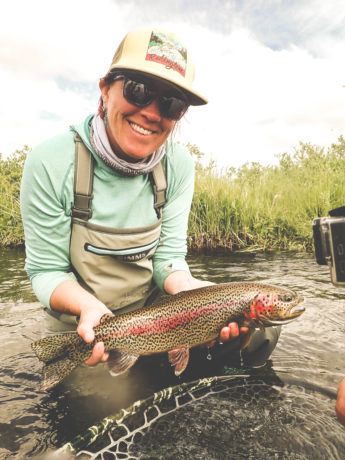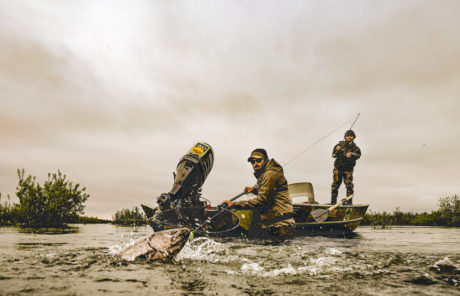Featured photo credit Heather Hodson
In fly fishing especially, it pays to know your knots. Knots are quite often overlooked in the grand scheme of things. All the attention is paid to the perfect flies, the sleek fly rod, the fancy reel, and the smooth fly line, and the leader… What about the knot? It’s the only thing keeping all that cool stuff connected as one so that you can catch whatever you are after, and in the end that’s the whole point right?
When it comes to knots, you don’t need to know them all, just make sure the ones you know, you know well! In most fly fishing situations just being proficient with four to six good knots will probably suffice. The list below is a great starting point for the most common knots you should aspire to learn.
- 100% Arbor Knot
- Clinch/Improved Clinch Knot
- Blood Knot
- (Nailless) Nail Knot
- Loop to Loop Knot
- Albright Knot
- Uni Knot
- Double Uni Knot
- Riffle Hitch
- Kreh Loop Knot
- Surgeon’s Knot
- Surgeon’s Loop
- Perfection Loop
- Duncan’s Loop
Practice, practice, practice makes perfect. Knots need to be tied correctly or they will fail either immediately or at a much lower breaking strength than you were expecting. To tie them correctly all the time the best thing you can do is practice, but instead of sitting on your nice sofa go outside into the elements while you are practicing. It also pays to read up on the specific knots to learn things like why and when to use them or what materials and sizes work best for each knot. A plethora of information and tying instructions on individual knots is available on the web.

Having a few essential tools will make your knot tying easier and more consistent. Make sure you have a really good headlamp and extra batteries for those low light situations. Another piece of gear to have is a magnifying glass that attaches to the bill of your ball cap (especially for those using very small dry flies and/or small tippets). Make sure to have a good set of nippers to make close cuts on knots and a small set of pliers to hold small hooks while cinching your knots. Carry a lighter, small shrink tubing and some type of super glue for doing more in depth work on things like loop to loop connections and sink tip building. Also, some sort of handwarmer can make tying knots in cold wintery conditions a bit more tolerable.

Hopefully this motivates some of you to get out and work on those knot tying skills now so the next time you are on the water you can spend more time “fishing” and “catching” than “tying” and “crying”!
Tightlines…
Leave a Reply